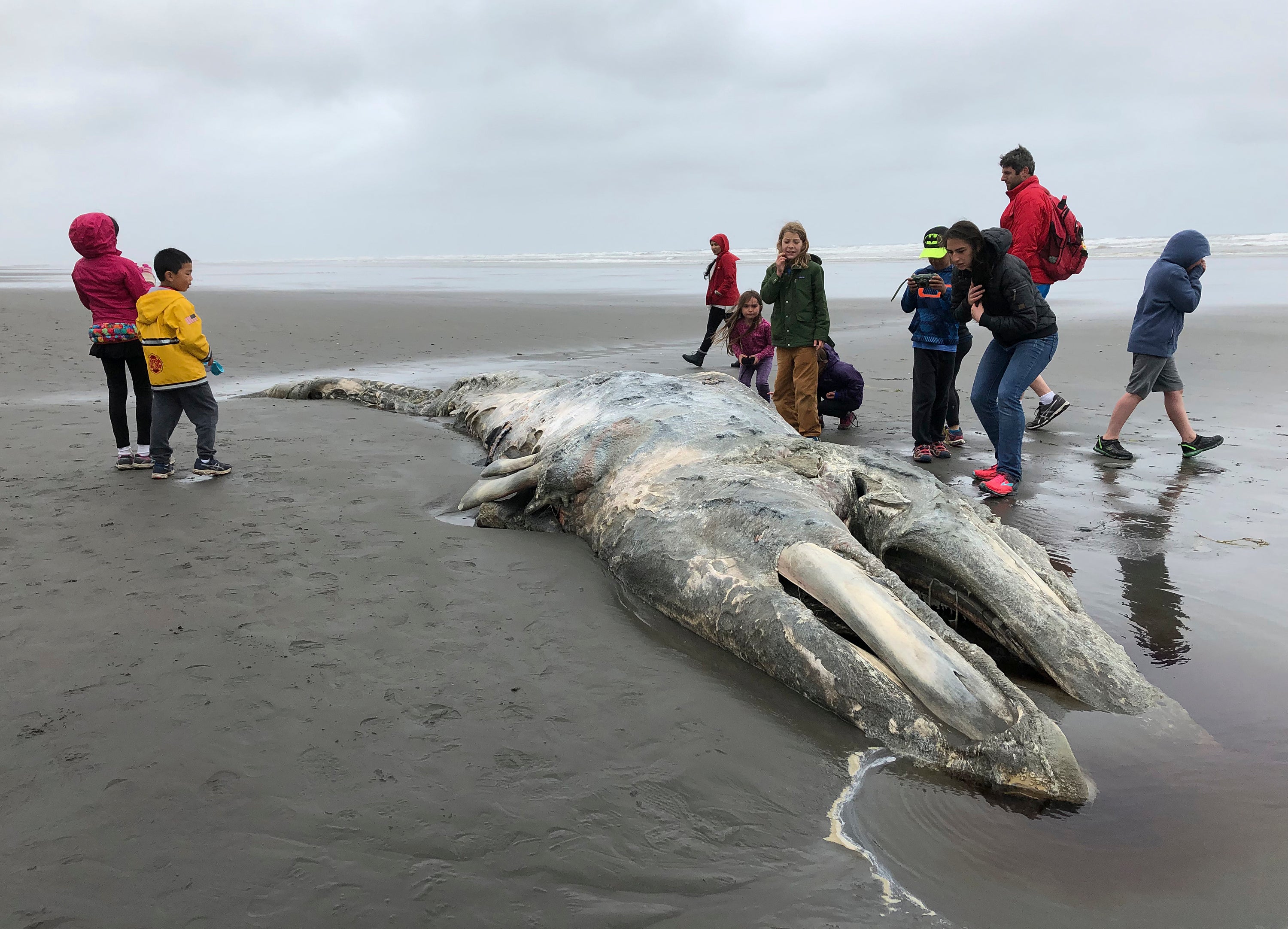Gray whale population off western U.S. continues to decline
U.S. researchers say the number of gray whales off western North America has continued to fall over the last two years, a decline that resembles previous population swings over the past several decades

Your support helps us to tell the story
From reproductive rights to climate change to Big Tech, The Independent is on the ground when the story is developing. Whether it's investigating the financials of Elon Musk's pro-Trump PAC or producing our latest documentary, 'The A Word', which shines a light on the American women fighting for reproductive rights, we know how important it is to parse out the facts from the messaging.
At such a critical moment in US history, we need reporters on the ground. Your donation allows us to keep sending journalists to speak to both sides of the story.
The Independent is trusted by Americans across the entire political spectrum. And unlike many other quality news outlets, we choose not to lock Americans out of our reporting and analysis with paywalls. We believe quality journalism should be available to everyone, paid for by those who can afford it.
Your support makes all the difference.U.S. researchers say the number of gray whales off western North America has continued to fall over the last two years, a decline that resembles previous population swings over the past several decades.
According to an assessment by the National Oceanic and Atmospheric Administration Fisheries released Friday, the most recent count put the population at 16,650 whales — down 38% from its peak in 2015-16. The whales also produced the fewest calves since scientists began counting the births in 1994.
An increase in the number of whales washing up on West Coast beaches prompted the fisheries agency to declare an “unusual mortality event” in 2019. Researchers are still investigating the die-off, but they say climate change and its effects on sea ice and prey availability and location are likely factors. Many, but not all, of the whales that washed up appeared malnourished.
The population recovered from the days of commercial whaling before a similar population drop of 40% occurred in the late 1980s and early 1990s. Gray whales were removed from the endangered species list in 1994.
The population rebounded before a spike in whales washing up on beaches prompted the declaration of another “unusual mortality event” in 1999 and 2000, when the number of whales fell by a quarter.
Scientists say that although the current population swing so far fits within historical patterns, it's nevertheless concerning.
"We need to be closely monitoring the population to help understand what may be driving the trend,” said David Weller, director of the Marine Mammal and Turtle Division at the Southwest Fisheries Science Center in San Diego.
Researchers count the whales as they return from their summer feeding grounds in the Arctic to the Baja Peninsula lagoons where they nurse their calves in the winter. Typically, the counts are conducted over a two-year period, but to better monitor the population, NOAA Fisheries is adding a third year to the current survey, counting the whales as they pass the central California coast from late December to mid-February 2023.
The calves are counted as the whales head north to the Artic. There were 217 calves in the count that finished in May, down from 383 the year before.